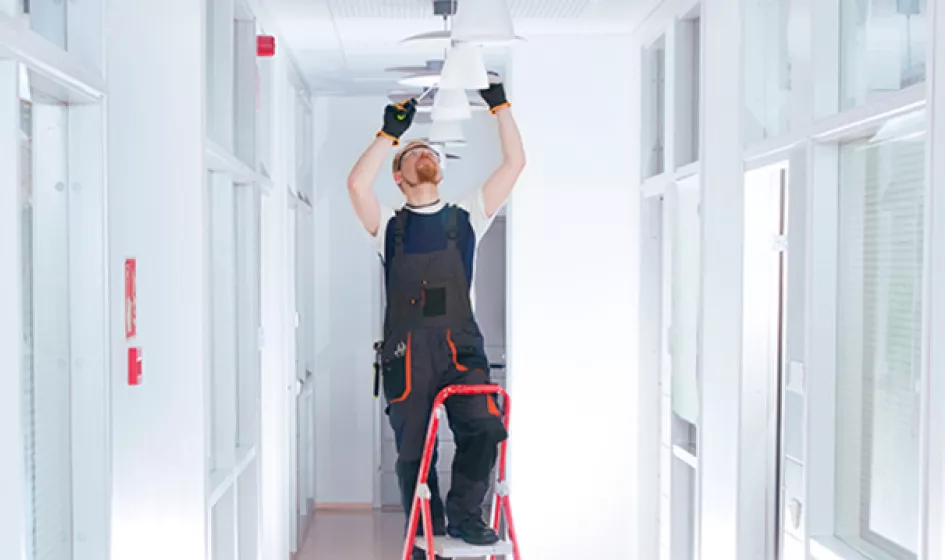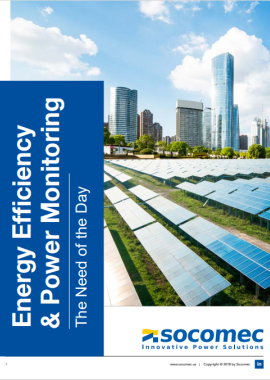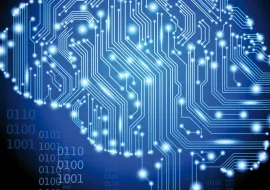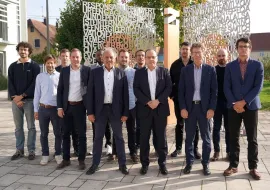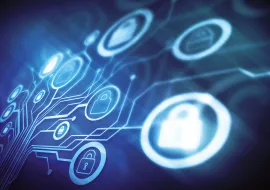When making the budget, the cost to run a facility often comes under scrutiny. No matter what type of building you have, the larger it is, the more electricity, water, heating, and cooling will cost.
Too often, reducing those costs involves replacing old equipment and reducing facility operation time without identifying if this is necessary or not. These processes impair activities, whether the building is a school, hospital, or manufacturing facility. But it doesn’t have to be that complicated; bringing down utility bills can be as simple as making some adjustments to fixtures by monitoring energy thanks to installing energy metering devices. Some of the best ways to increase energy efficiency include:
- Install efficient LED light fixtures: One of the biggest offenders of energy waste in a building is lighting. From office buildings to hospitals, every space within a facility requires some type of lighting. With more local code requirements to reduce energy consumption, most commercial buildings have some efficient lighting installed on lighting timers. But installing high efficient LEDs building wide is the first step to reducing overall energy consumption. With energy saving lights installed, implementing other lighting strategies such as scheduled on off times and daylighting can further reduce energy consumed by lighting.
- Evaluate the HVAC System: Your HVAC system is one of the biggest users of energy in a building. From cooling to heating to fresh air requirements that are becoming a necessity for all buildings, HVAC systems often run all day and night. The first way to reduce energy consumption in your HVAC system is to do a thorough systems check. Identifying areas where your system is using the most energy can help you find broken components, leaks, or determine whether your system needs replacing. Evaluating the control system can also expose high consumption times and areas so you can fine-tune it.
- Measure Building Energy Consumption and establish a Baseline: Establishing a baseline for the building’s energy consumption should be done after all energy saving fixtures and equipment are installed. Taking consumption data from the previous year and comparing it to current energy standards will give you a value, but installing metering devices on all larger energy consuming equipment will provide a pattern of usage. Energy monitoring systems can give you a picture of energy usage to establish an energy reduction strategy.
- Identify Additional Energy Waste: While lighting and HVAC systems can consume up to half of a building’s energy, other areas can contribute to waste. Thermal imaging of the building envelope can identify leaks and areas where there is poor or no insulation. Tightening a building’s envelope with thicker insulation materials and reflective surfaces can reduce heat loss and gains out of and into a building drastically.
- Implement a Continuous Improvement Strategy: With energy monitoring in place and an integrated Building Automation System, you can develop a continuous improvement strategy based on goals and available energy consumption data you gather. The more detailed information you gather in real time from energy metering devices, the more specific you can target your strategy to meet and exceed building energy conservation goals. Different times of the year, for example, may call for less lighting strategies to be implemented or different heating needs in certain areas of the building. A continuous improvement strategy can help you make those adjustments to save energy.
Energy management is a large part of maintaining a facility and keeping costs down. One of the biggest issues with reducing energy costs is knowing where energy is being consumed and energy wastage. Energy monitoring of lighting and HVAC systems, along with other energy consumers such as servers and refrigerators can give you specific data in real time about energy usage. For instance, resulting of these monitoring actions could lead you to install high-efficiency lighting and HVAC equipment which can drastically reduce energy consumption, and knowing where other areas of energy consumption are in your building help you identify and develop an energy saving strategy.
Are you looking to learn more about energy management for your building and how it can help you save on energy costs? Download our free white paper, Energy Efficiency & Power Monitoring: The Need of the Day.
